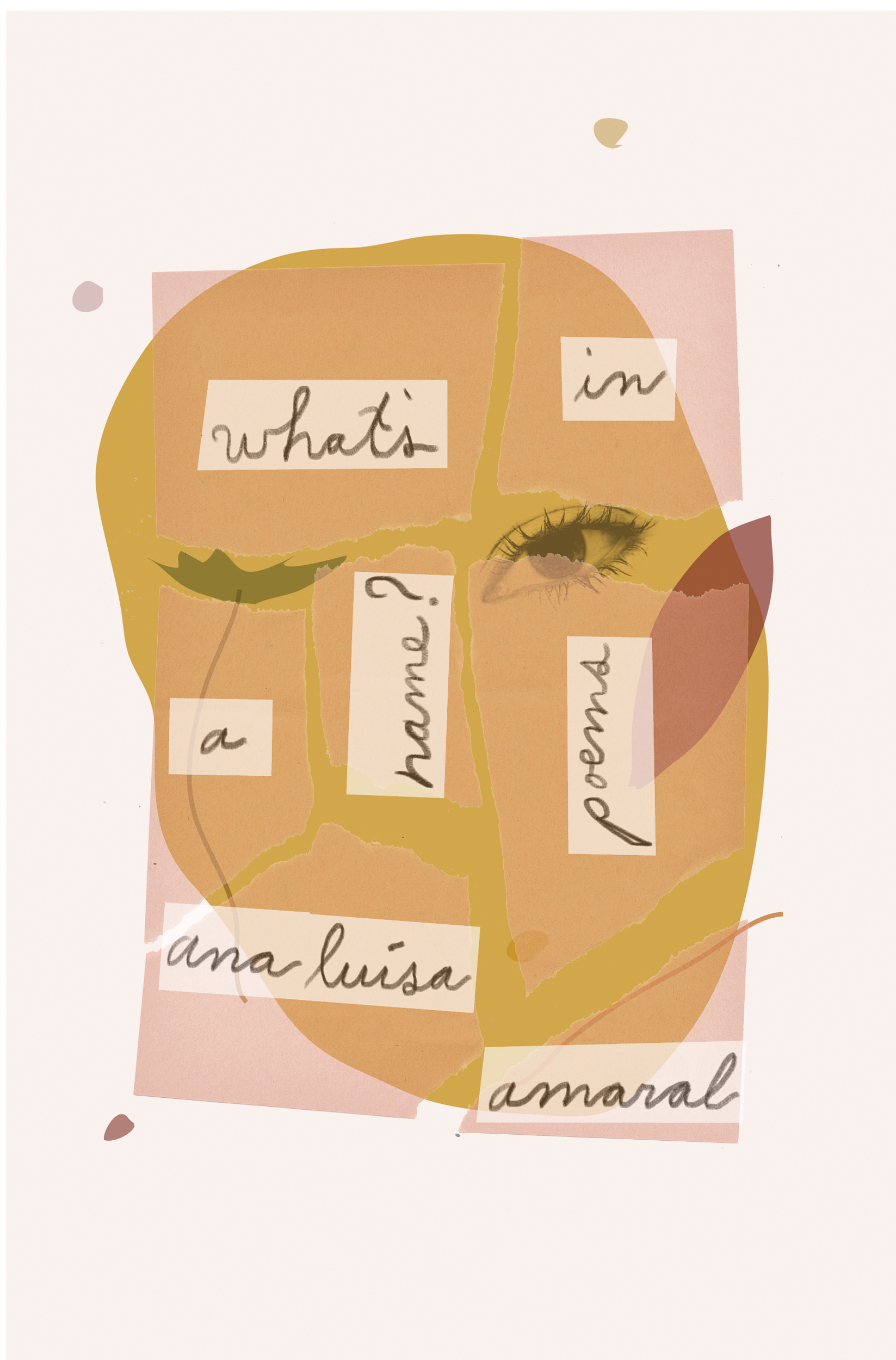TSUNAMI VS. THE FUKUSHIMA 50 BY LEE ANN RORIPAUGH
The poems in Tsunami vs. the Fukushima 50, by Lee Ann Roripaugh, serpentine and shed glowing skins as they engineer glimpses of Okuma, the town left-behind, and the displaced persons in the wake of the 2011 Fukushima Daiichi nuclear disaster, after the Tohoku earthquake and tsunami. In these pages, the tsunami towers as so much more than tidal waves of water, embodying female rage and pain. The pain inundates and varies as those affected by this disaster and Roripaugh’s poems mythicize the tsunami and those caught and displaced. As her poem “tsunami in love: kintsukuroi / golden joinery” explains, in epigraph, the Japanese tradition to aggrandize broken things by restoring them with gold, Roripaugh also restores with aggrandization but pipes not gold into the cracks and cavities, rather a lush density of sounds: “the bent tin cup’s / cool sluice of rinse / poured over skin’s / delicious prickle.” Her poems are thick and slick with crystalline assonance and velvety consonance, so whether they speak of rape and rot, or tsunami snark, they do so with rhyme and lilt.
On the Tsunami in all her grandeur, she is “slippery and apocryphal / as Butler’s lesbian phallus,” or the man nicknamed the hulk for his daily search for his family in the nuclear zone: “I no longer care about being exposed [. . .] maybe it will make me stronger [. . .] like the weird profusion of / of too-bright and hardy flowers . . .” In this manner, the collection oscillates between tsunami portraits—from an origin story to tsunami during her emo-phase—to portraits of those who’ve lost their loved ones, their home, their life. These two poles create a balance; one extreme magnifies the tsunami, and the other re-centers this disaster, this collection in the tangible. Gives a body, a face, and a mouth with which to speak to the ex-inhabitants of Okuma and imbues them with lore and repute, which is also an aggrandization—a kiss of golden joinery. With Tsunami vs the Fukushima 50, Lee Ann Roripaugh has written us poetry to infect us as we consume with a momentous voracity that turns its own page.
—Review by Madeline Vardell









